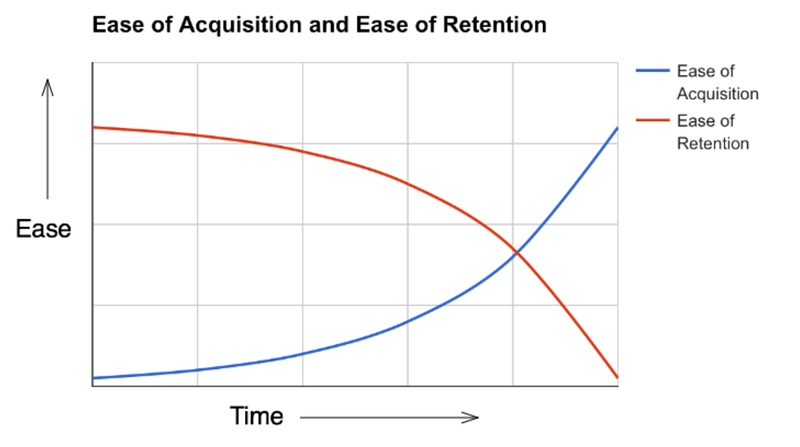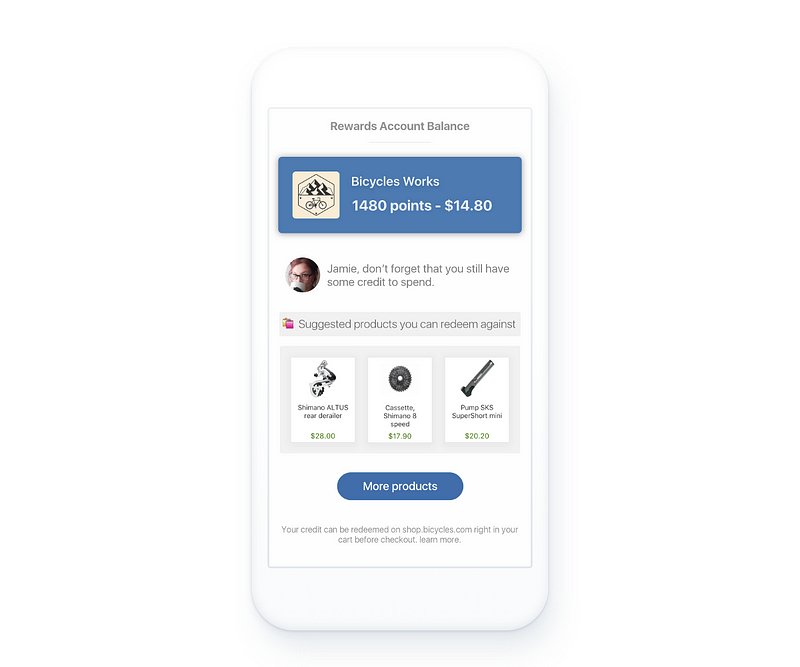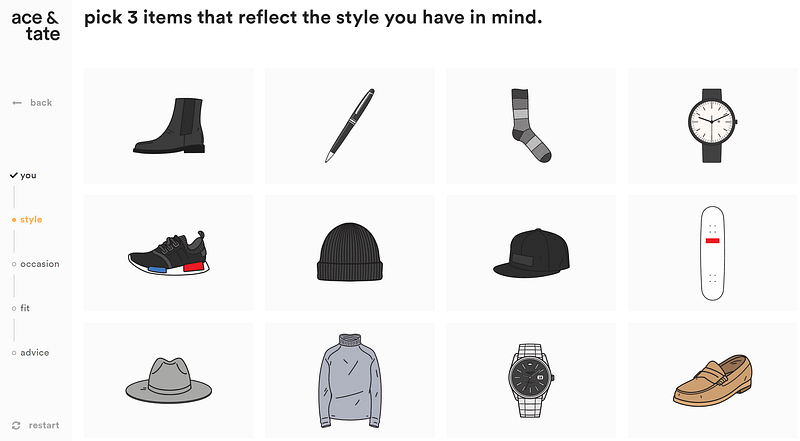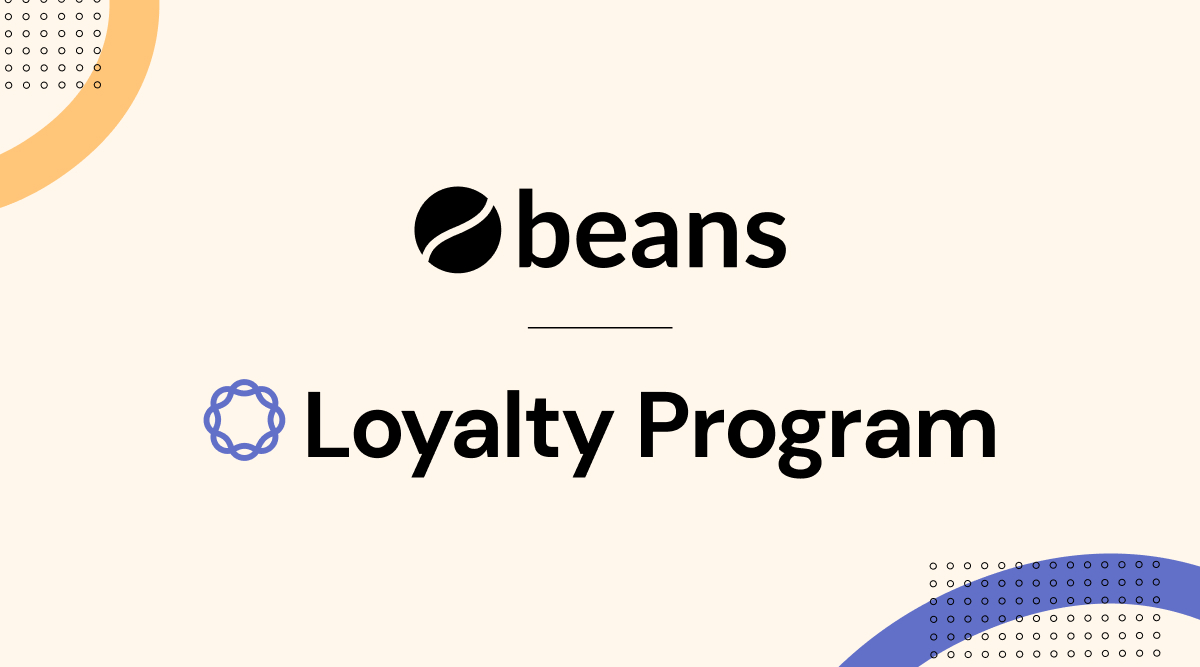Compared with 10 years ago, today’s marketers have an embarrassment of acquisition channels at their disposal. Social networks like Facebook, Pinterest, Instagram, and Snapchat have created boundless opportunities around content, influencers, and paid advertising. At the same time, content aggregators like Reddit, Buzzfeed, Quora, and Imgur offer the dream of virality and/or advertising opportunities.
This internet evolution ought to be good news for internet marketers. However, Crazy Egg and Kissmetrics founder Hiten Shah’s recent article returned a rather worrying conclusion for internet marketing. The increase in the ease of acquisition actually makes customers more difficult to retain. According to Shah, “the easier it gets for your company to acquire customers, the harder it gets to retain them.” Sorry internet marketers — the internet lords giveth, the internet lords taketh away.

Why is Retention Getting Harder?
Competition is getting fiercer
Of course, by its very nature, ecommerce is a more competitive environment than bricks and mortar because rather than just competing locally, retailers find themselves competing nationally or even globally. However, other competitive factors are also diminishing retention.
Reduction of technical barriers creating more small players: The rise of out-of-the-box eCommerce platforms like Shopify and BigCommerce have crushed technical barriers to creating an eCommerce store, creating greater competition in the market.
The rise of Amazon: Pure ecommerce players, i.e D2C brands, who avoid the marketplace find it harder and harder to compete with the behemoth, which accounted for 65.9% of America’s eCommerce growth in 2016.
Entry of other big competitors: Many traditionally offline players have entered the market, often creating online marketplaces to compete with Amazon. Additionally, the growth of aggregators like Wanelo and Lyst makes life harder in the way Amazon does.
Customers are getting more sophisticated and less loyal
Increased expectations: Customers are continuously being exposed to new tools and channels that quickly inform their expectations (i.e., if Amazon can deal with my problems at any time of night or day, why can’t any other store).
Empowered customers: The internet has also empowered customers with information, meaning that they can compare prices quickly, making them far less loyal.
Acquisition tinted glasses
Although continued growth through acquisition is important, marketers need to think beyond the old rallying cry of more ads, more customers, more sales and pursue retention marketing methods that complement acquisition and ensure their company’s sustainability. The answer to poor retention isn’t acquisition.
There’s probably a no better example of the fallacy of throwing all your eggs in the acquisition basket than the story of the former eCommerce powerhouse Nasty Gal. A fashion company with attitude, Nasty Gal rose meteorically between 2008 and 2014 to become one of the most thriving eCommerce businesses globally, and then, almost overnight, it went bankrupt. Growth stalled in 2015 with a less than 10% decrease in revenue reported (not that much, considering that they grew 400% the year before). However, the damage was done because somewhere along the journey, Nasty Gal’s customer retention started to take a nosedive while paying a high price for customer acquisition. Within just 11 months of declaring the 10% decrease in revenue, the company filed for bankruptcy.
How to survive?
To ensure a sustainable business model, it's necessary to initiate concrete steps to increase customer retention. Marketers need to focus on increasing customers' net worth during their entire relationship with the business (known as customer lifetime value or CLV). As a general rule, the longer a customer sticks with a business, the more profitable that relationship becomes for the business. Even small gains in retention can lead to enormous upticks in the margin.
Don’t let your customers forget about you.
The ease of acquisition is flaming the battle for people's attention, and it’s fiercer, more targeted, and crowded than ever before, making reengaging clients challenging for online retailers. It’s a task that they appear to be aware of; in a recent survey, 70% of retailers told us that the biggest blocker to retention was their customers simply forgetting about them due to this competitive environment.
Communicate often and make sure you reach your customer
Every serious retailer should often be emailing because it allows strong personalization and effective calls to action. If you’re doing so, make sure you’re constantly reviewing where your emails are going. My spam folder is full of emails from retailers who don’t realize my email service provider has blocked their IP address, and therefore their emails are going straight to spam. This is fatal for their marketing efforts, and they don’t even know.
At Beans, we’ve built a loyalty program application that helps retailers retain customers. One of the key aspects of our product is sending notifications to these retailer’s customers. This amounts to sending literally millions of emails every week. In order to ensure we get into inboxes and avoid spam and promotions filters, we have hundreds of accounts with the main email service providers. For marketers short on time who mostly want to avoid being spam, a good shortcut is using a tool to check your IP address status. MX toolbox does the job well.
I’m not saying communication should be confined to email, and marketers need to work hard to engage across many channels. A good time-saving measure is recutting a single piece of content many times and making it relevant to each channel. Another great way to save in effort is republishing content every few months.
Communicate value
We’ve established that your customers are over-solicited. Everyone is! The key is that when you get to communicate with them, you need to present obvious value immediately. Unfortunately, when you read communication, some marketers are akin to getting into a conversation and they end up talking too much about themselves and how great they are. Presenting value is about how you can make a customer's life better, not just how great something is.

Personalize your customer’s experience
Personalization leverages data about a customer to show them information that you anticipate to be relevant to them. Today, we can leverage countless data points on customer journeys, such as rewarding them for their birthday, in order to create a truly customized experience. For example, you can use data on your customer’s journey to understand how much time without buying from you a customer is likely to leave you forever. Then, armed with this information, you re-engage them with a generous and timely offer. You can also engage customers with relevant recommendations based on past purchases. At Beans, we’re using customer’s past purchases to recommend to loyalty program members how they can use their points.

Customization, which uses customer inputs to design a better user experience, offers added value. Understanding more about your customer preferences at the start of your relationship with them is also a great way to make their experience personalized. A company that does this really well is Ace and Tate, the Amsterdam-based eyewear company. They off their customer a quiz to send them only relevant products.

Retaining customers requires thought
Acquisition, although vital to a business, is not the answer to all problems. Those eCommerce retailers and marketers who are in it for the long haul recognize that: to create sustainable businesses, it’s vital to find a balance and dedicate some of their focus to customer retention and loyalty.
Want to automate 50% of your retention efforts? Beans takes the work out of customer retention

